|
0 Comments
rime Minister Dr Keith Rowley urged citizens to continue to have faith and be strong in the face of adversity, as he issued well wishes for the Christmas season.
In a statement, Dr Rowley called on Trinidadians to "find a quiet moment" to reflect and to share kindness with each other. He also said a "small but dangerous minority" continues to "spread sorrow" across Trinidad and Tobago: "Fellow Citizens, I am moved, with deep emotions today, as I bring Christmas Greetings 2022 on behalf of the Government of our Republic, my family, and myself, as Prime Minister. "My greetings, I expect, will meet most of you in the customary spirit of joy, merriment, and goodwill of the season, and for this, we in Trinidad and Tobago – given recent worldwide events -- must be eternally grateful to the Almighty. Let us continue to preserve and share the spirit of Christmas even as a small but dangerous minority has acted and continues to spread sorrow across our land." "Earlier this month at the “National Service of Reflection and Thanksgiving”, I noted that many citizens have suffered the loss of loved ones, during the COVID-19 pandemic, some were affected by the recent floods, and current economic difficulties and many families are forced to carry deep hurts, maybe for the rest of their lives, due the upheaval in violent murders and other crimes." "I sought then to comfort those despairing at the moment, appealing to them to keep their Faith in God -- however, they may see Him -- with the reminder that in great darkness, there is always dawn to be had." "In the Christian faith, we hold that for believers, all things are possible; we can overcome all obstacles and tragedies, once we are with Jesus Christ, because his Grace is always with us, and it strengthens our lives." "Let us continue to have faith and continue to be strong in the face of adversity as we celebrate." "The merriment apart, I want to take my appeal further to all citizens to pause on this day. Let us all, personally, the law-abiding and the lawless, find a quiet moment, within the celebrations to stop the music, hold the drinks, the ham, the black cake, the ponche-a-creme, etc. and reflect on the meaning of this day- if only for the moment. "Let us then remind yourselves, what are we celebrating? "Christmas Day is a real Spiritual moment in our existence. It is all about a Messenger, a Teacher, a Wisdom Master, who came to man, some two thousand years ago, with a message that the “Kingdom of Heaven is within us”, teaching love, healing, and forgiveness, asking that we transform our lives, that we outgrow human darkness, our selfishness, our egocentricities and consciously seek to liberate ourselves to a higher level. "Fill your hearts instead, he said, with the energies of love and compassion and “love your neighbour as yourself” because your neighbour, your fellow man, is within you." Dr Rowley appealed to citizens to stop self-destructive behaviours and to ask for strength and clarity. "As if Christ was looking at us today, he said: “Blessed are those who mourn, for they will be comforted.” Taken literally this statement may cause hurt, particularly if one is mourning the loss of immediate family, friend or just another member of our community. The illegal guns kill with a loud report, and the after-effects kill silently even in the season of love, Christmas." "I appeal to citizens to say that silent prayer; no matter how brief, have that quiet moment, away from the distractions. Pray that we rid ourselves of our self-destructive behaviours, which now may appear to be out of control. Ask God to rid us of those strangers to the spirit of Christmas, those repressed, shadow personalities. Ask for His strength and clarity which will help us to confront and change those amongst us who will kill and those who have useful information but casually allow the pain to flow." "This is a season of tremendous anxiety and one in which every citizen should be seeking an inner peace with God. John 14: tells us, “If You ask anything in My Name, I will do it.”" "This then is my Christmas wish – that we all say a Silent Prayer individually and maybe collectively towards the coming of that dawn that is at hand in which we will be reminded every day that “Tolerance” of each other is one of our national watchwords. Let there be caring, let there be peace, safety, and merriment." "Best Christmas wishes to everyone. May we all have a holy, safe, and enjoyable Christmas Season, from my family to yours." (Source: The Loop, Dec 25, 2022) UWI Open Campus is celebrating its alumna Alyssa Mohammed, who has won the 2023 Commonwealth Caribbean Rhodes Scholarship.
A media release from the Office of the Pro Vice-Chancellor and principal of the UWI Open Campus said Mohammed outperformed ten candidates from across the Caribbean. Mohammed, a TT national, graduated in 2022 with a BSc in sociology with first-class honours. She is currently doing a postgraduate diploma in gender and development studies at UWI, St Augustine. Said to be passionate about gender equity, Mohammed hopes to work to advance the position of women in the Caribbean. She said, “I have a long history of working for and volunteering with local nonprofit women's organisations, especially Muslim women's organisations, and I am very passionate about improving the gender inequality situation at home and at large." She hopes to study the MSc in sociology or the MPhil in sociology and demography at Oxford. She will take up her scholarship at the university in October 2023, and will be among a cohort of over 100 global scholars doing fully sponsored postgraduate studies. She said, "I hope (it) will allow me to look at gender issues on a macro scale...the interconnections between gender and other institutions and social processes in society. She hoped it will allow her "to make a tenable gender impact, especially in the areas of sexual health and reproductive rights and agency.” Gary Asselberg, Mohammed’s teacher at Open Campus, and coach for the Rhodes Scholarship interview, hoped all Open Campus students follow her path to learning. That path, he said, "is the ability to grasp core concepts in one context and then apply that knowledge in an unrelated context to produce a fresh and exciting explanation of how things are and why. Her ability for transference is a talent that is difficult to teach, yet Alyssa did learn, and so can you. "She intuitively understood the concept of confirming negatives, that a failed investigation has the potential to bring us closer to the truth. "These character traits are a prerequisite if one is to thrive under the spotlight as a young leader for gender issues in the Caribbean.” Pro vice-chancellor and principal at Open Campus Dr Francis Severin was delighted by the news. He said, “Alyssa’s accomplishment in this rigorous and competitive Rhodes Scholarship, underscores the critical importance of the Open Campus, its mission of empowering the hitherto under-served in the Caribbean, and unequivocally proves that those who do not see the value of the Open Campus beyond the ‘conventional’ towns and cities, are tragically misguided and deluded. "Alyssa Mohammed bears incontrovertible witness to our tremendous value. Well done!” The release said the Rhodes Scholarship is the oldest and most prestigious international scholarship programme. The Rhodes Scholar is chosen based on stringent criteria, including academic achievement, personal energy, a desire to make a difference and the capacity to collaborate with others to accomplish one's goals. (Source: Newsday, Nicholas Maraj, Nov 18, 2022) The sea is eroding the coastline. Very sad to see (Source: Zando Ruthless, Nov 21, 2022 on Angelo Bissessarsingh Virtual Museum of Trinidad & Tobago).
Did you know that the * CUARTRO " is the National Musical Instrument of Venezuela?
My sister Rosemarie’s favourite musical instrument when she was alive was the cuatro. In fact on our very first trip to Margarita she bought herself an authentic Venezuelan Cuartro which she became quite versatile in playing .It was her cuatro hanging on her bedroom wall and the photo of little Angelo playing his cuatro at age four which inspired me write this article. The predecessor of the Venezuelan cuatro was the four-string Spanish renaissance guitar which was brought to South America by the Spanish conquerors. From the guitars brought to the New World by the Spanish "conquistadores"emerged the 4-stringed cuatro invented in Venezuela in the early 19th century .Since then the cuatro has become Venezuela's national instrument, lending its distinctively highly pitched sound to every style of music such as the joropo, castellan and merengue. This four string musical instrument found its way to Trinidad in late 1800s when hundreds of peons from neighbouring Venezuela were brought to Trinidad to serve as seasonal workers on our cocoa estates. These Venezuelans brought with them several Spanish traditions one of which was Parang Music. The term Paring is derived from the Spanish word parranda, which means a spree or a fête. Initially it meant a group of four or more men who went to give a parranda at an event - a christening or a birthday celebration. At Christmas Time the parranda navideña, group would go from house to house entertaining members of the communities such as Paramin, Lopinot, and Arima where they settled. These visits involved singing while strumming their cuatros and dancing as a form of celebration of the birth of the Christ child. The traditional lyrics of parang which was sung in Spanish were mainly Religious and Christian songs. Today Parang music, mixed with a calypso flavour has found itself deeply rooted in the culture and landscape of Trinidad and Tobago. While the cuatro continues to be the prominent musical instrument used by Parang Bands,, over the years other musical instruments have been added to the mix resulting in a whole new revolution to parang music. (Source: Patricia Bissessar, Angelo Bissessarsingh Virtual Museum of T&T, Nov 9, 2022) STEP INTO MY PARLOUR : THE EARLY BEGINNINGS
- Taken from Historian Angelo Bissessarsingh Archives. James Cummings, in his seminal work on The Barrack-Yard Dwellers’ said "for the people of the barrack-yards, the sun just HAD to rise tomorrow". By this he meant that decades of economic penury in the post-emancipation urban space, leading up to the massive slum clearance exercises of the 1950s, had made the dwellers of the poorer parts of the Port-of-Spain, masters of coping with poverty. In the areas of Queen St. and Charlotte and Quarry St. where the barrack-yards proliferated, there were the occasional wooden cottages owned by more 'respectable' coloured persons, Venezuelan refugees fleeing political unrest, and white persons of reduced means. Many of these people would be on the verge of not knowing where tomorrow's bread would come from. One coping strategy was to open a small 'one door' shop in the front premises of one's house. This could be in the porch or as a wooden extension. The stateroom in the front a house is commonly called a parlour. Since these makeshift shops often occupied the aforementioned space, the enterprises themselves became known as parlours. Few if any Trinidadians are aware that this was how these vital community establishments came to be called thus. The parlour, in urban and rural areas, became a focal point of social interaction where people, young and old , could meet and exchange the latest gossip. Parlours of yore were places where the fare was manufactured almost entirely by local hands and where simple treats meant so much. They were tenuous businesses where tiny profit margins made their proprietorship more a community service than a get rich quick enterprise. For children of yesteryear, there could be few pleasanter places. Large glass jars would be filled with sugar-coated paradise plums, kaisa balls, tangy tamarind balls, molasses-dripping toolum, pink sugar cake and paw-paw balls. A huge block of ice, delivered by a cart in the early morning, would be resting on a piece of sacking, swaddled in straw to keep it from melting too quickly. This ice of course, would be vigorously shaved, rammed into a metal cup and then covered in sweet, red syrup for a penny, and for another copper, laced with condensed milk to result in that much-relished treat, snowball. Outside of the city and in the countryside, there were parlours too, mostly run by “celestials with pig-tails and thick-soled shoes grinning behind cedar counters, among stores of Bryant's safety matches, Huntley and Palmer's biscuits, and Allsopp's pale ale”…………this according to Charles Kingsley, writing in 1870 about a Chinese parlour in the deep countryside. The country parlour often was the oasis of rural travelers according to one account from 1914: “Restaurants are rare in the West Indies, except in the principal towns, but it is generally possible to obtain something of a simple kind, which on this occasion consisted of that nice aerated drink called kola, together with buns from a stall at the entrance of the same shop.” So then, this is the origin of the parlour, a small-business model which still thrives today. First photo :Very early (1908) photo of a parlour in east Port-of-Spain, where the business model developed. In addition to jars of pickles and sweets, this little wayside emporium also sells a variety of fruit and vegetables Second Photo : Typical Village Parlour in Trinidad. (Source: Angelo Bissessarsingh Virtual Museum of T&T, Nov 26, 2022) In November, the Holy Name Convent Secondary School in Port of Spain celebrates 120 years since its founding!
According to archival records, Holy Name Convent traces its history back to November 1902, when a volcanic eruption of Mount Peleé in Martinique (Photo 3) led to the arrival in Trinidad of an orphaned Martiniquan child, Leonie Marie Raynaud, who the French Dominican nuns in Trinidad decided to care for. These nuns had first arrived in Trinidad on March 26th, 1898 to manage patients at the Leprosarium which was located in Cocorite at that time, before its relocation to Chacachacare in May 1922. Upon their arrival, they lived at the “Maison Bolivar College” (Photo 1) which consisted of a convent and small chapel around the Queen’s Park Savannah, next to the Colonial Hospital. This location was eventually renamed “Holy Name Convent” in 1889. Here, the nuns began their private tutoring of the Martiniquan child, Leonie Raynaud, which soon got the attention of parents in Port of Spain. These parents petitioned the nuns to provide a French education to their daughters, and consequently, a private school named “Holy Name Convent School” was formed next to the convent in a building named “Pavillon Notre Dame”. Over the years, the high standard of education offered by the school led the government to award it the certificate of “Approved Secondary School” on June 27th 1949 (Photo 2) followed by the status of “Government Assisted Secondary School” in 1957. The foundations for the school as it is today were laid in the late-1930s by former principals Sister Jeanne Emmanuel and Sister Bernadette Robert. In 1954, the Notre Dame building was replaced with the “Marian Hall” - named after the fact that 1954 was a “Marian Year” in the Catholic calendar - while the Northern and Southern wings were also constructed. They also started the annual Christmas Bazaars in 1946 to raise funds for the school, which lent to the reputation of Holy Name as being one of “self-help, dedication and hard work”. To commemorate this milestone, the Holy Name Convent Past Pupils Association is having a reunion event, “An Evening of Light” on November 26th! Photo 1 showing the original buildings of Holy Name Convent and its Chapel (right) is courtesy of the book, “Called to Serve” by author and archivist Sister Marie Thérèse Rétout. This book is part of the National Archives of Trinidad and Tobago Reference Collection. Photo 2 is courtesy of the Port of Spain Gazette Newspaper, June 28th 1949 and Photo 3 is courtesy of the Catholic News, December 12th 1902. These newspapers are part of the National Archives of Trinidad and Tobago Newspaper Collection. References: “Echoes of Mount Pelee.” The Catholic News, 12 Dec. 1902. “Holy Name Approved For ‘A’ Certificate.” The Port of Spain Gazette, 28 June 1949. Rétout, Marie Thérèse. Called to Serve: A History of the Dominican Sisters in Trinidad & Tobago, 1868-1988: Congregation of Saint Catherine of Siena O.P., Etrépagny, France. Paria Pub. Co., 1988. (Source: National Archives of Trinidad & Tobago, Nov 25, 2022 and the Virtual Museum of T&T) This story is being reposted as author credit was previousy omitted. In 1988, Trinidad-born Andrew Madan Ramroop became the first man of colour to own a business in London's prestigious Savile Row. The achievement came 18 years after he had migrated to England from his home at Maingot Road, Tunapuna, where he was born on November 10th, 1952. In 1970, Ramroop left Trinidad aboard the luxury liner Northern Star and headed to England with hopes of beginning a career as a tailor's apprentice. He, however, was turned down for many jobs on Savile Row. "In those early days, my accent wasn't what it is now and I was applying for jobs to be at the front of the shop to cut and to fit and to meet clients," Ramroop told the BBC. "People wanted to protect their own businesses and they were being realistic in saying this guy won't suit the front of the shop," he said gratiously. Ramroop began his London training as a backroom trainee for a Savile Row institution, Huntsman & Son. In 1974, he found a position as an assistant cutter with Maurice Sedwell—the only shop on Savile Row that would hire a non-white tailor. Ramroop mastered his craft, and worked his way to the top, becoming managing director of the business in 1982 and then buying the company in 1988. In the early days, Ramroop was confined to making alterations. The big break came when a client personally asked for him to oversee an entire fitting. Ramroop's reputation was soon sealed through personal recommendations - and at one point he was dressing half a dozen British cabinet ministers. Famously, he also designed the cashmere jacket worn by Princess Diana in her infamous 'Panorama' interview on British television. Over the years, Sedwell sold Ramroop shares in the business, until he had accumulated 45%. The crunch time came in 1988 when Ramroop wanted to leave to set up his own business. Sedwell eventually persuaded him to stay and sold him a further 45% in the business. Eight years after taking over the business, Ramroop expanded the premises from 500 to 3,000 square feet. Located on London’s Fleet Street, Maurice Sedwell Ltd. grew from a gold medal-winning tailor shop to one of the UK’s best known names in Bespoke Tailoring. Today, he owns and runs Maurice Sedwell on 19 Savile Row, making bespoke suits for customers around the world. Ramroop has been featured in a BBC 2 documentary on Black Firsts. He has been named by 'Complex' as one of Britain's Greatest Designers. Among other accolades, Ramroop was the first tailor to be awarded a professorship at the London College of Fashion for distinction in his field in 2001 and, in 2005, was awarded the Chaconia Medal Gold by the Government of Trinidad and Tobago. In 2008, the Master Tailor founded the Savile Row Academy (SRA) to train the tailors of tomorrow, and was also handed an OBE honour from Britain's Queen Elizabeth II. (Source: Dominic Kalipersad, Nov. 6, 2019) MokaCreations is a local Ottawa craft site offering gifts at reasonable prices. We offer free delivery in the National Capital Region for all sales over $25. 100% of the sales goes to charities in support of education on the various caribbean islands e.g. The Marco Depestre Foundation of Ottawa; and here in Ottawa in the form of a scholarship to the Trinidad and Tobago Association of Ottawa via SERVIAM.
We do custom orders, so if you have something specific you would like to see printed on one of our products, please do not hesitate to contact us by email. Visit our website at mokacreations.ca Thank you in advance for your support. |
T&T news blogThe intent of this blog is to bring some news from home and other fun items. If you enjoy what you read, please leave us a comment.. Archives
May 2025
Categories
All
|
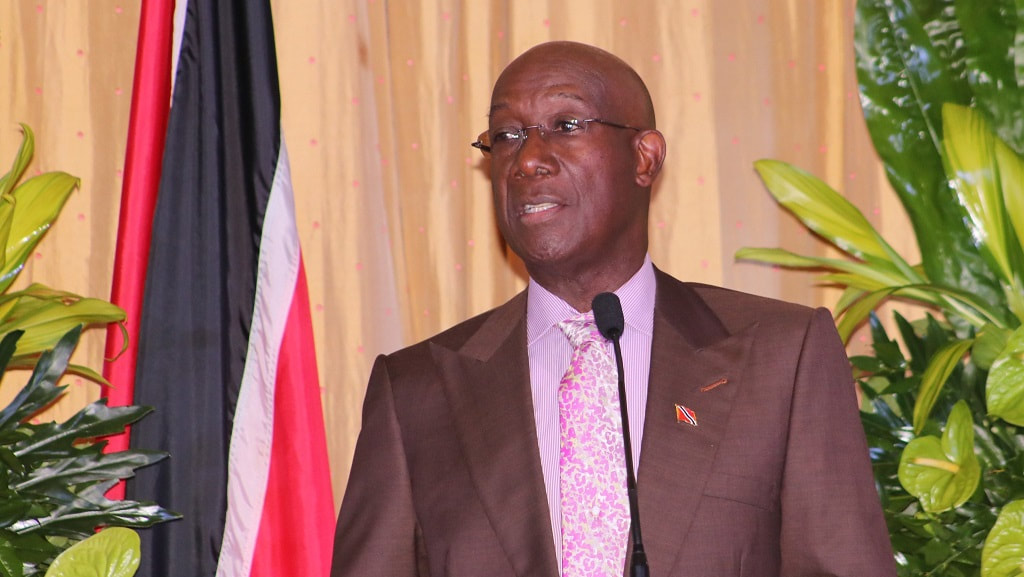

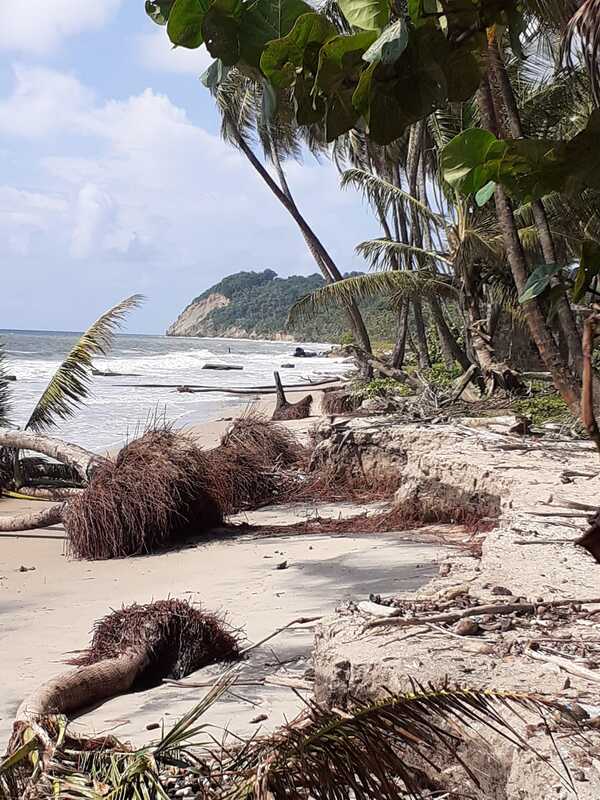

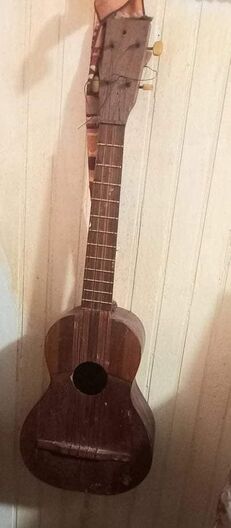
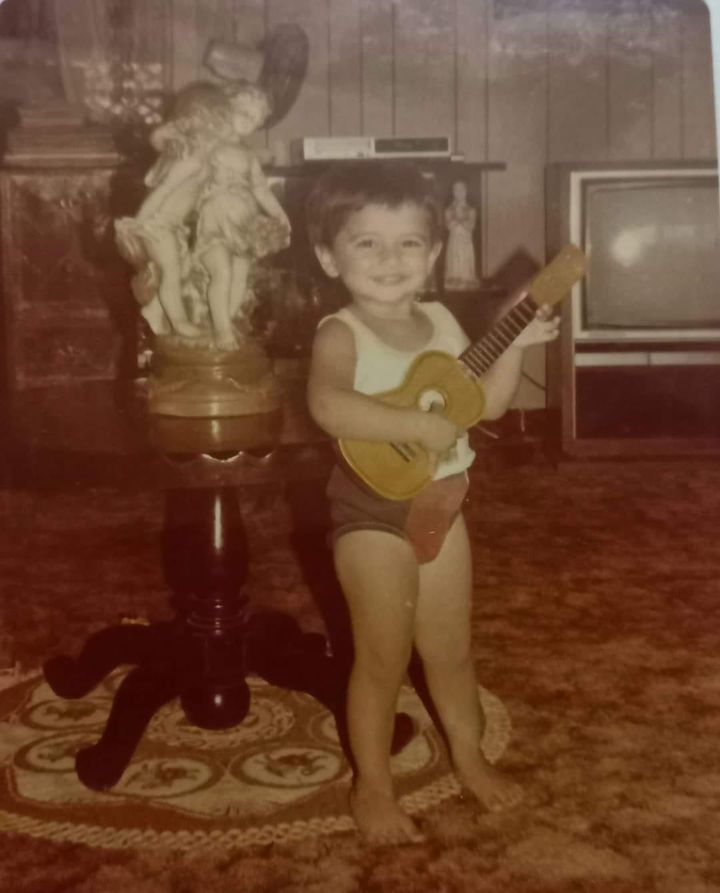
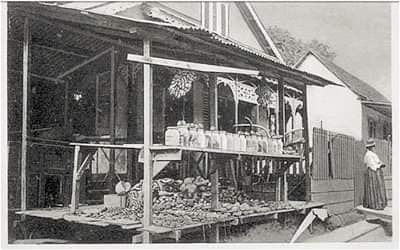
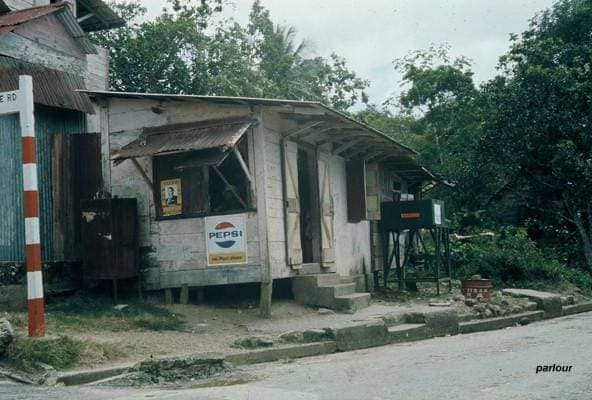
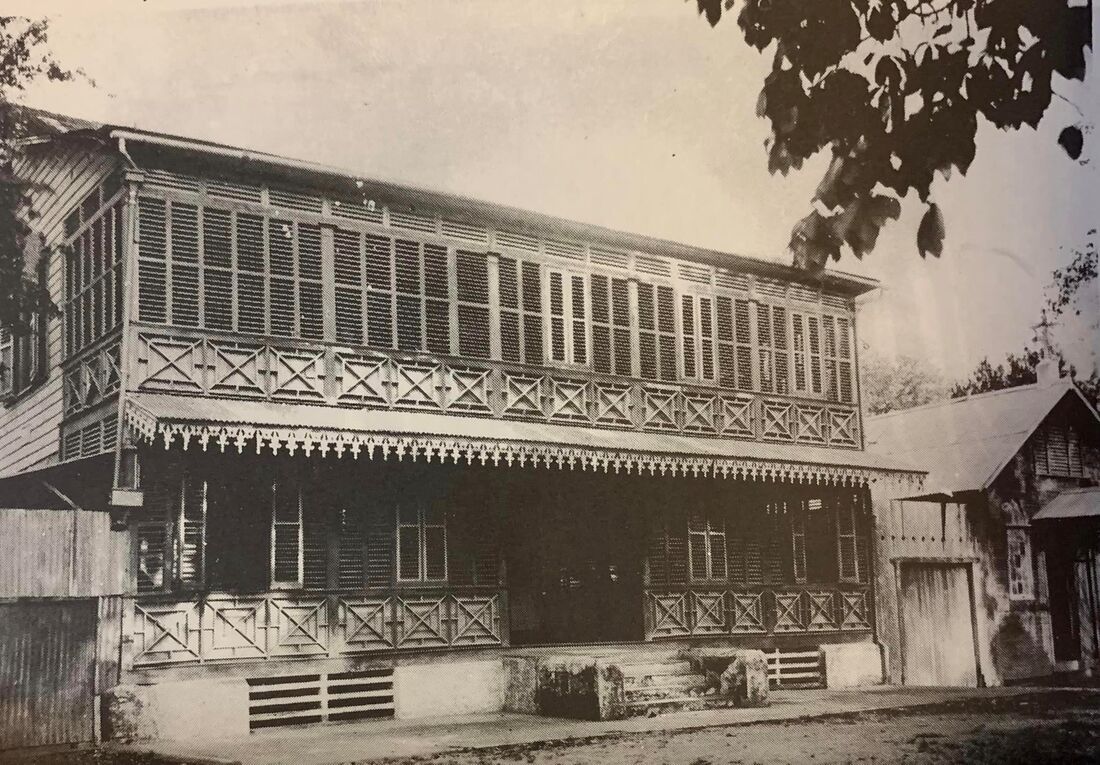
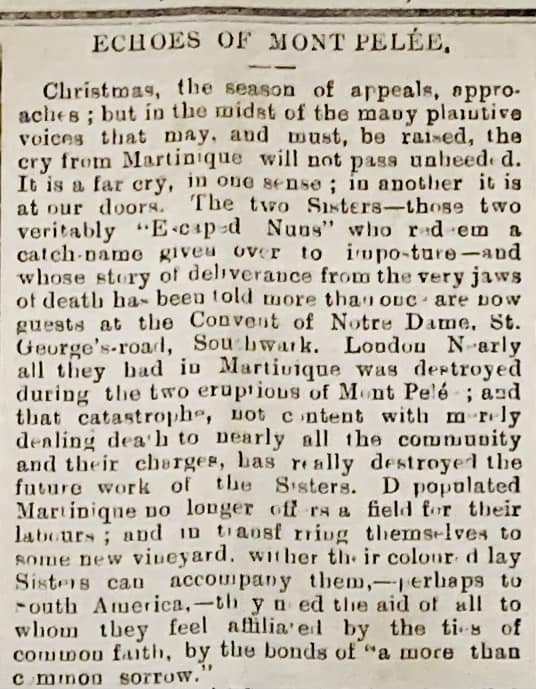
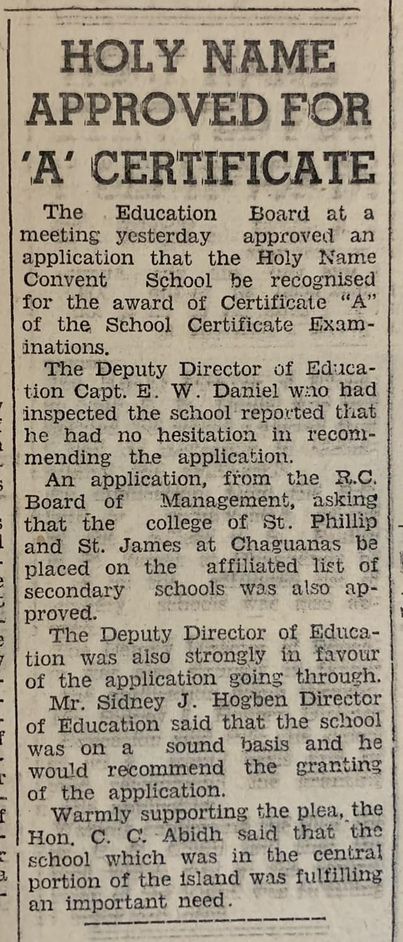

 RSS Feed
RSS Feed